Thank you for reading—let's now continue exploring what makes lollipop machinery so essential in candy production.
4. Creativity and Customization
4.1 Endless Shape Possibilities
Interchangeable Mold Plates: A single machine can switch from classic round pops to heart shapes, cartoon characters, or custom corporate logos in under 10 minutes.
Multi-Cavity Carousels: By rotating through dozens (or even hundreds) of cavities, manufacturers can run multiple variations (e.g., different colors or flavors) in one continuous cycle.
4.2 Multi-Color and Layer Effects
Sequential Injection: Some advanced machines can inject two (or more) candy streams in layers—creating a bi-colored swirl or a clear center with an opaque outline.
Swirling Attachments: Certain rotary models slowly rotate the mold while dispensing—producing subtle swirl patterns that would be impossible by hand.
4.3 Seasonal and Promotional Runs
Rapid Turnaround: An operator can design, machine, and test a new mold for a holiday theme (Valentine’s hearts, Halloween pumpkins) in a matter of days—whereas purely manual methods might take weeks.
Limited Editions: If a brand wants a one-week run of bespoke shapes (e.g., a sports team’s mascot), machinery allows small-batch production with minimal waste.
5. Cost Efficiency and ROI
5.1 Labor Savings
Reduced Headcount: A fully automated line can operate with just 1–2 operators per shift, whereas a hand-craft setup might need a dozen or more workers.
Consistent Workload: Machines run 24/7 (with proper maintenance breaks), so seasonal spikes (like Valentine’s Day or Halloween) can be met without hiring massive temporary staffs.
5.2 Material Utilization
Minimized Waste: Precision molds and calibrated nozzles reduce over-pouring. Leftover scrap can be melted down and recycled back into the cooking kettle.
Lower Rework Rates: Defective units (misshapen, off-color) are caught by sensors and removed immediately—avoiding entire batches being scrapped later.
5.3 Faster Time-to-Market
Prototyping to Production: By integrating CAD design, CNC mold fabrication, and machine programming, a new lollipop concept can move from an idea to retail shelves in weeks rather than months.
Economies of Scale: The per-unit cost drops significantly once production exceeds a certain threshold—making it possible to offer premium, custom shapes at competitive prices.
6. Operational Versatility
6.1 Adapting to Different Candy Formulations
Sugar-Based, Gel-Based, and Even Vegan/Gluten-Free Recipes: Many machines can handle slight viscosity changes simply by adjusting temperature or feed-rate settings.
Crunchy vs. Soft-Center: By pausing the cooling cycle or briefly injecting a soft filling (chocolate, caramel), operators can create lollipops with liquid centers—appealing to broader markets.
6.2 Integration with Packaging Lines
Inline Wrapping: Once ejected, pops can immediately enter a wrapping station—cellophane, twist wrappers, or heat-seal pouches—reducing handling and preserving freshness.
Automated Labeling and Date Coding: Machines often synchronize with printers to stamp batch numbers and expiration dates on each wrapper in real time.
7. Case Study: Small Artisan vs. Large Commercial Operation
7.1 Small Artisan Candy Shop
Machine Type: Single-station static gravity-fill machine (with interchangeable silicone molds).
Monthly Output: 5,000–10,000 pops (seasonal peak during holidays).
Key Benefits:
Creativity: Changing shapes daily to match social media themes (e.g., smiley faces, zodiac signs).
Low Capital: Initial investment under $10,000—payback occurs quickly through weekend market sales.
Hands-On Appeal: Customers can watch the small machine in action, adding to the “craft candy” experience.
7.2 Large Commercial Confectioner
Machine Type: Multi-cavity injection line (100+ cavities) with integrated cooling tunnels and wrapping.
Daily Output: 50,000–100,000 pops, shipped nationwide.
Key Benefits:
Consistency: Every pop meets brand standards (shape, color, weight).
Speed: Ability to switch from one major retailer’s branded design to another’s within a shift.
Regulatory Compliance: Automated cleaning, digital logs, and built-in alarms ensure FDA/EU compliance and traceability.
8. Future Trends in Lollipop Machinery
AI-Driven Process Optimization
Machine Vision: Cameras detecting minute defects (tiny air bubbles, color gradients) and adjusting fill rates on the fly.
Predictive Maintenance: Sensors that monitor vibration, motor current, and thermal profiles to predict bearing wear or nozzle clogging—minimizing downtime.
Sustainable Engineering
Energy Recovery: Systems that recapture heat from cooling tunnels to preheat the next candy batch.
Biodegradable Mold Materials: Research into food-safe, compostable mold inserts for ultra-small runs, reducing aluminum usage.
Customization at Scale
On-Demand 3D Printing of Molds: In high-speed lines, swapping out a mold plate could be done by printing a new design overnight—enabling truly unlimited shape variations.
Smart Labeling: QR codes printed on wrappers link consumers to augmented-reality (AR) experiences (games, artist messages), tying physical candy to digital engagement.
9. Why Lollipop Machinery Matters
Volume & Speed
Transforms candy making from a craft-style, small-batch operation into a scalable, efficient production line.
Consistency & Quality
Ensures every lollipop meets strict size, shape, and flavor standards—protecting brand reputation and consumer trust.
Hygiene & Safety
Minimizes human contact, uses food-grade materials, and supports rigorous cleaning protocols to meet regulatory requirements.
Creative Freedom
Offers virtually unlimited shape possibilities, multi-color layering, and rapid iteration—fueling innovation in flavors and designs.
Cost Savings & ROI
Reduces labor costs, lowers waste, and accelerates time-to-market—leading to higher margins and faster product launches.
Operational Flexibility
Adapts to different recipes, integrates with packaging, and evolves toward next-generation automation (AI, 3D printing).
By integrating precise mechanics, advanced temperature controls, and automated quality checks, lollipop machines serve as both the backbone of industrial candy production and the creative enabler for artisan confectioners. They make possible the mass production of bright, uniform, and imaginative lollipops—keeping costs in check, ensuring consumer safety, and opening doors to ever more inventive shapes and flavors. more information please visit our site https://www.flyloong-candymachine.com/


 ENG
ENG
 English
English 中文简体
中文简体 русский
русский Français
Français Español
Español عربى
عربى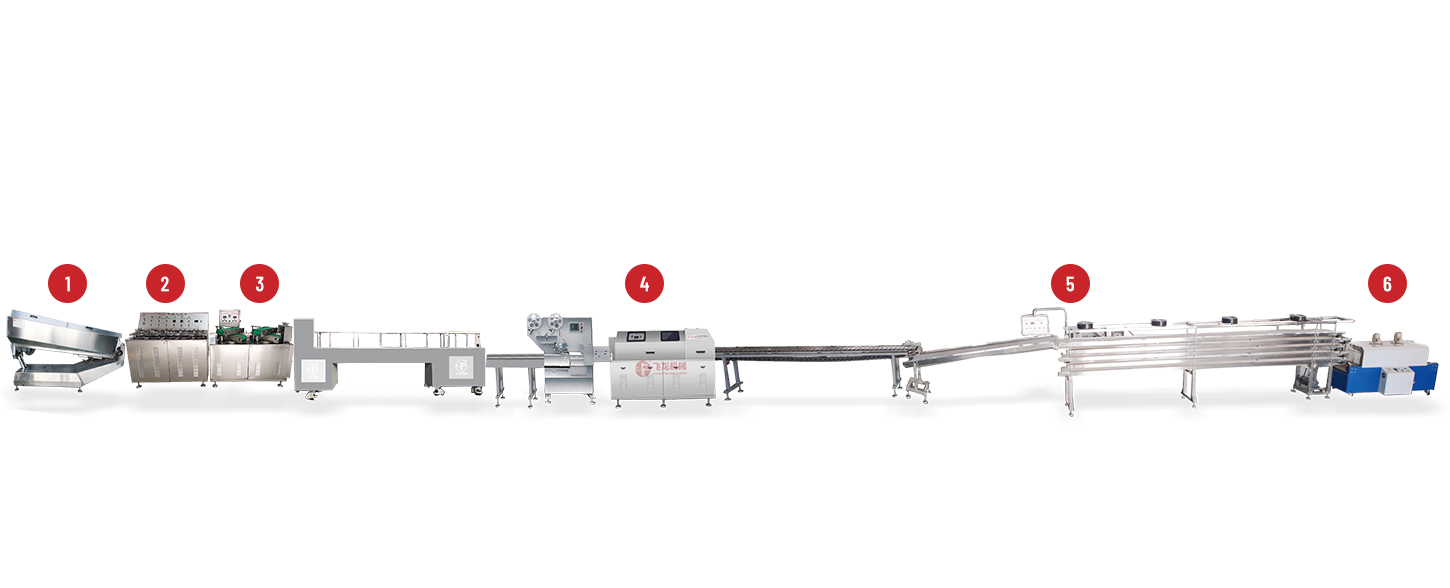
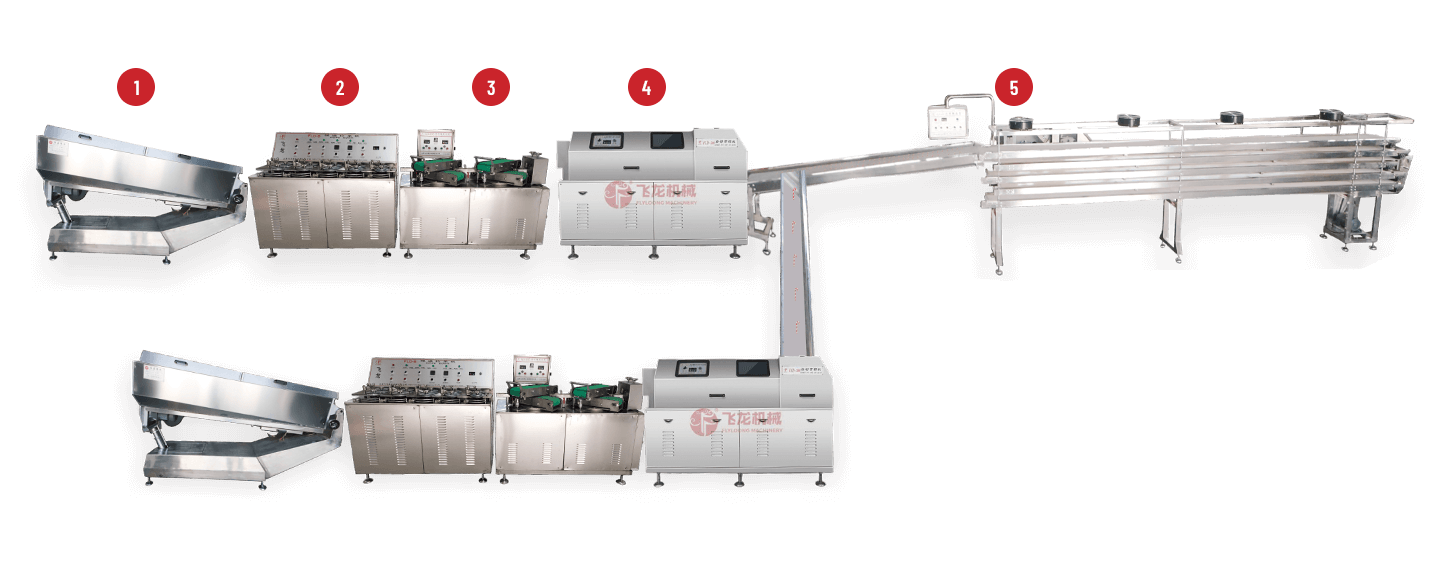
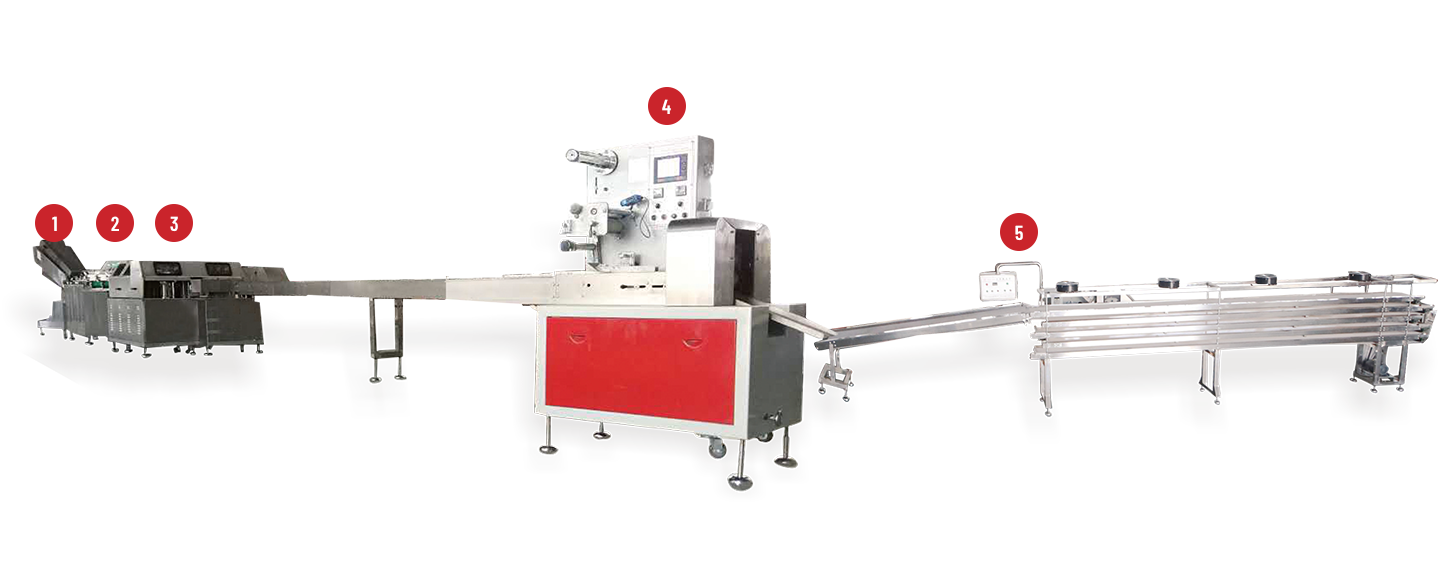
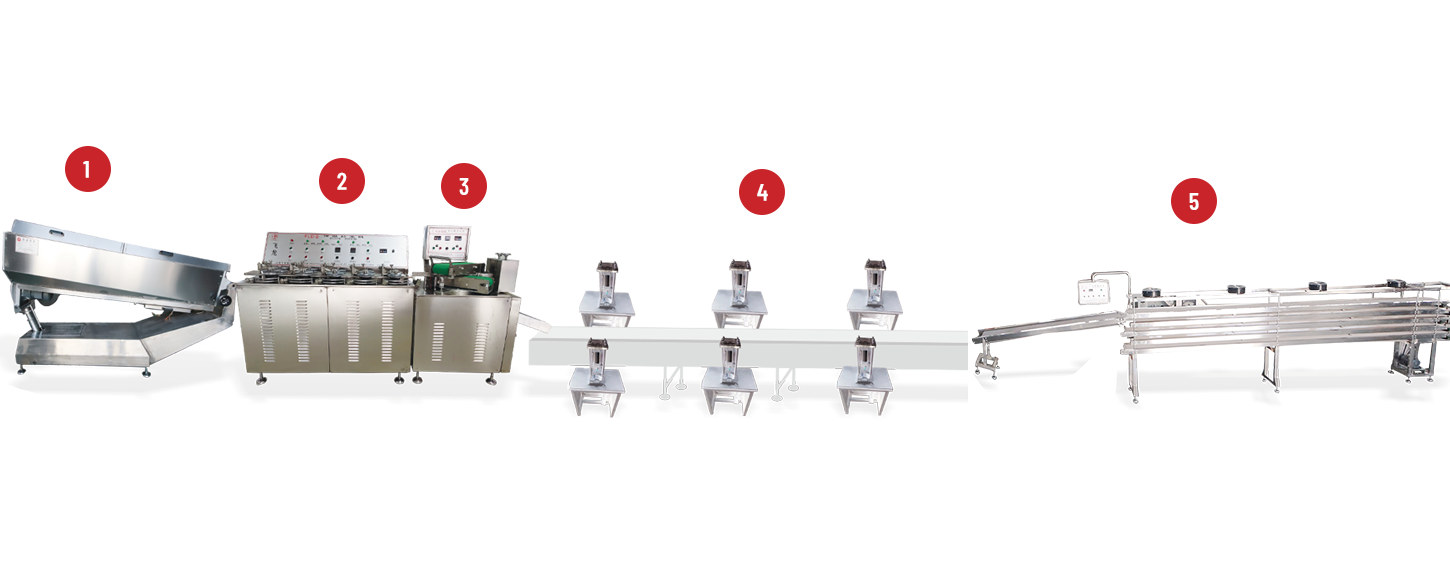
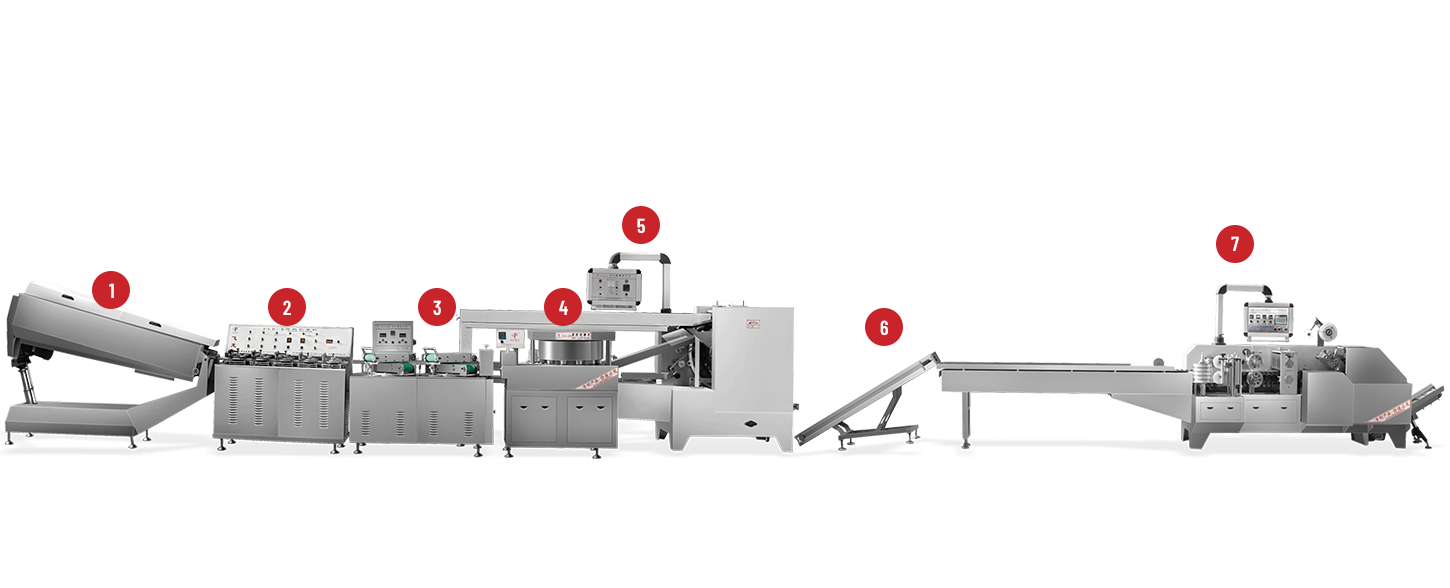
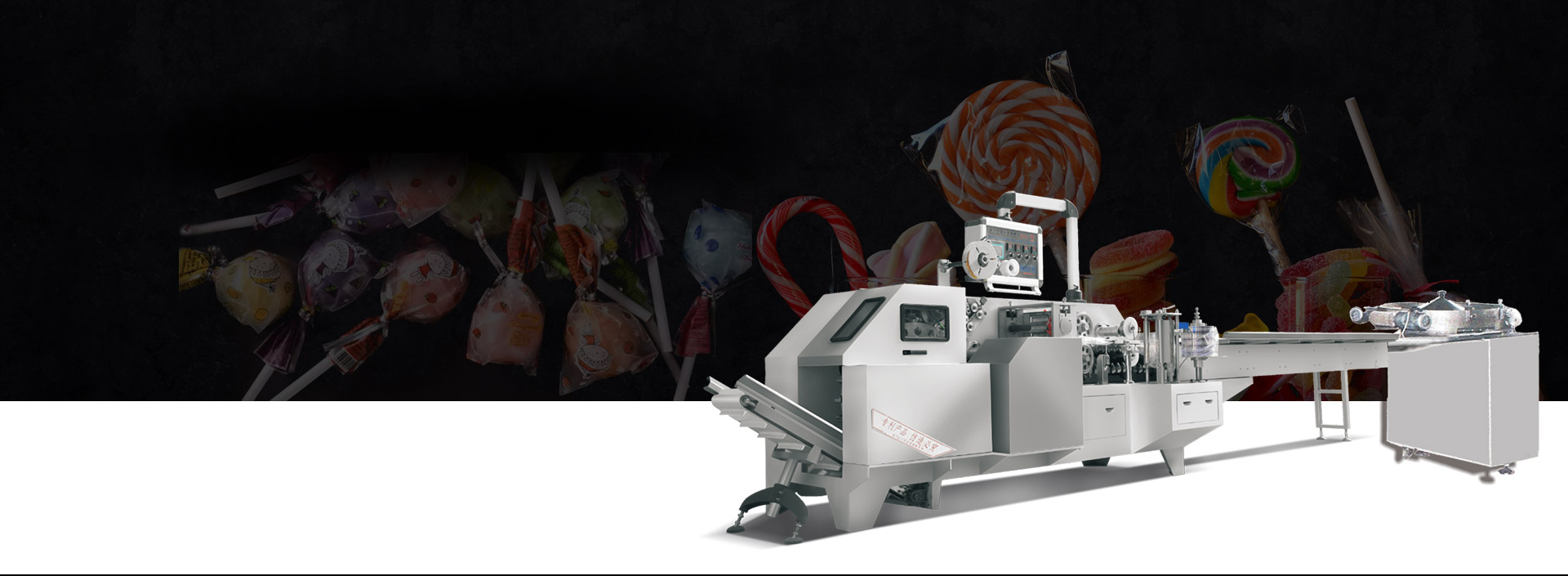
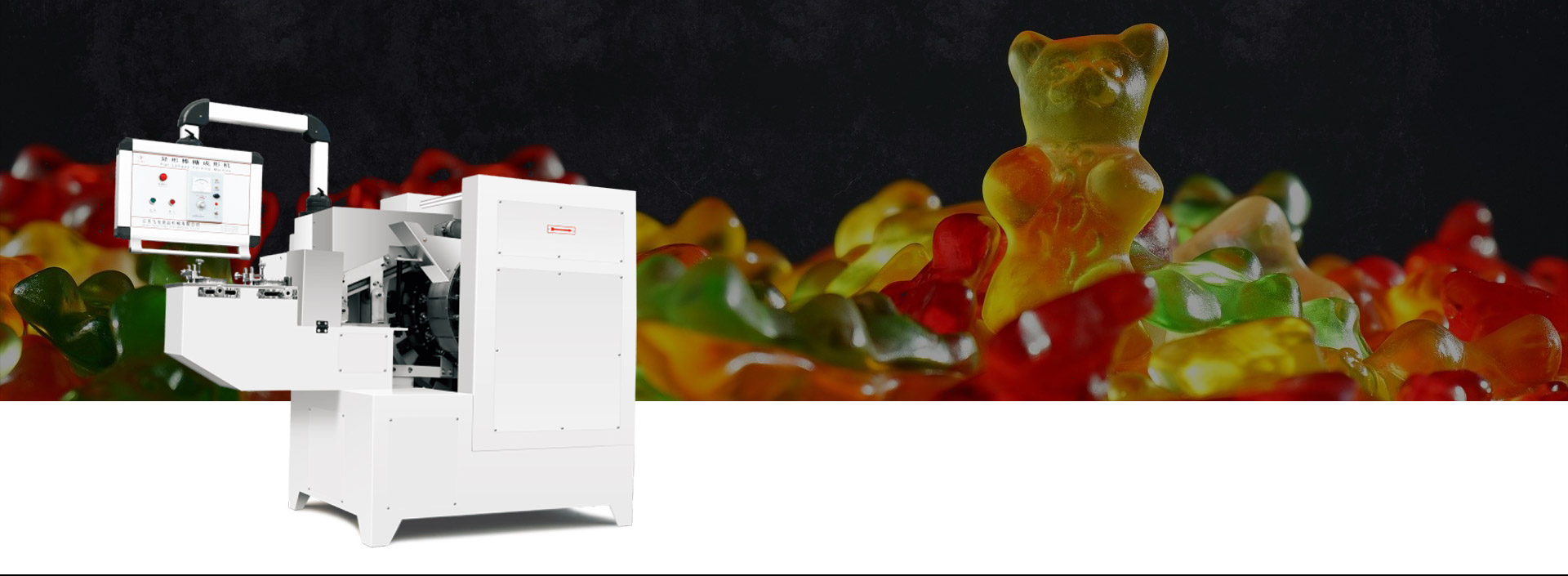
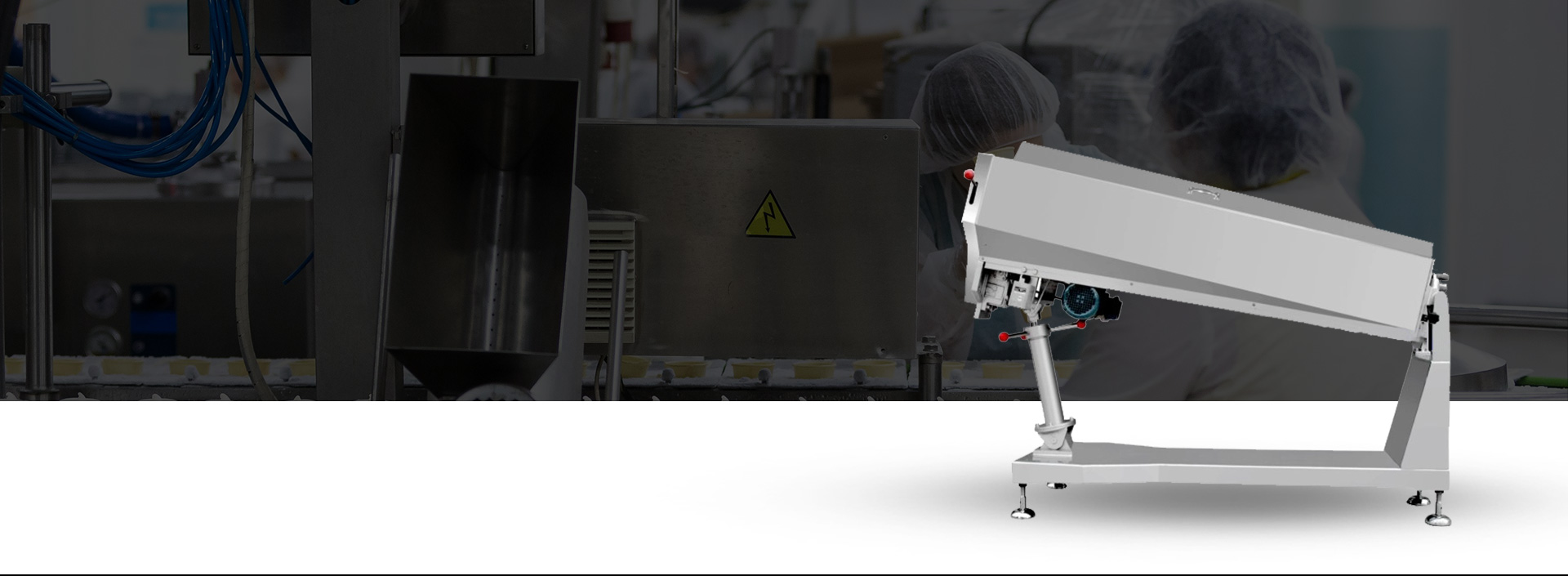
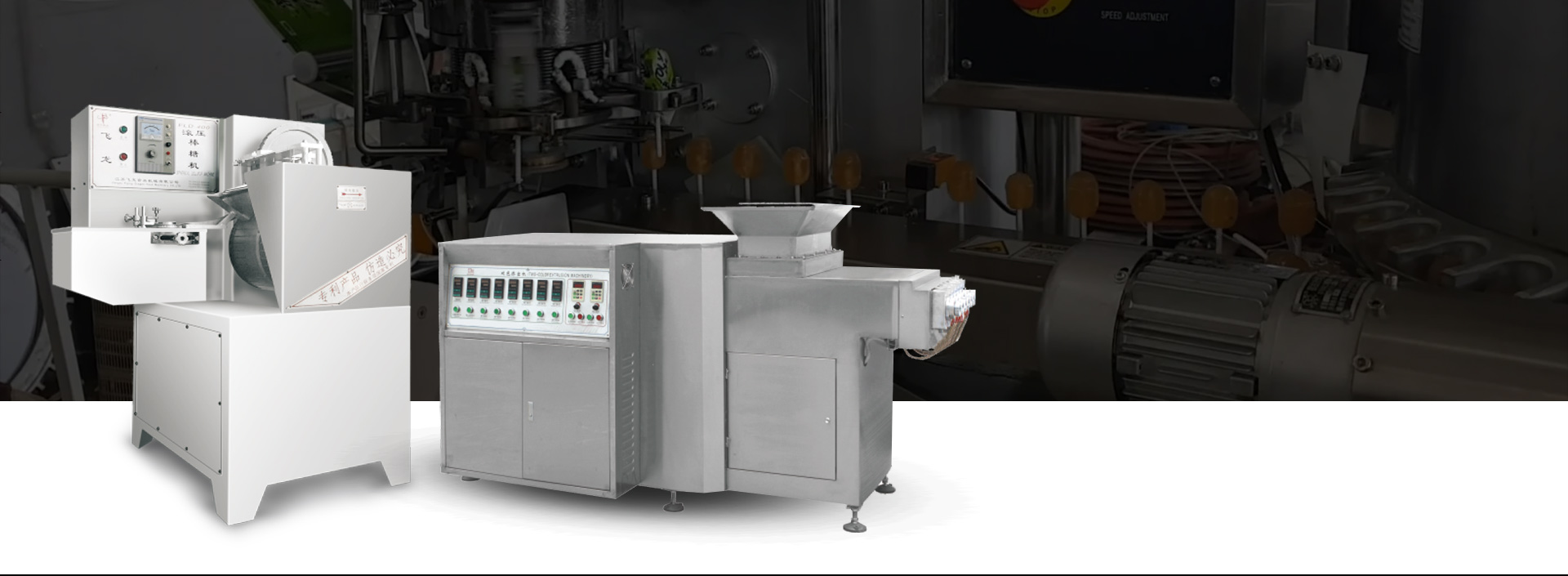
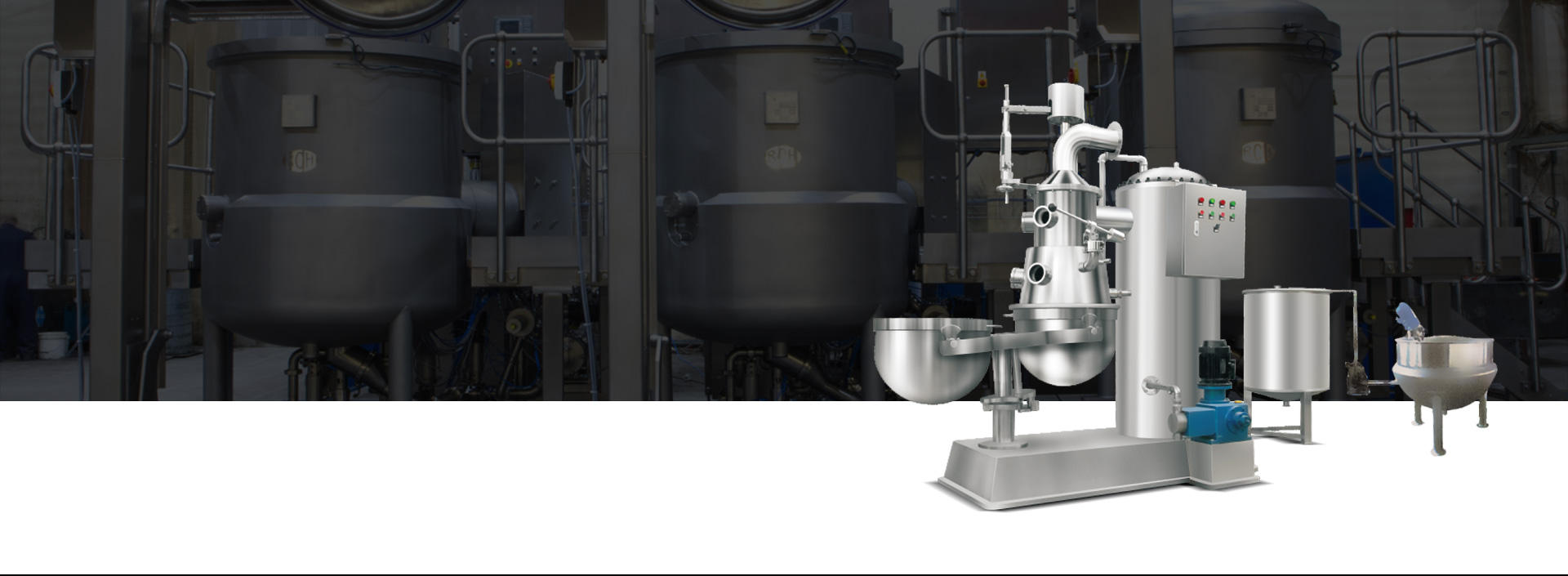

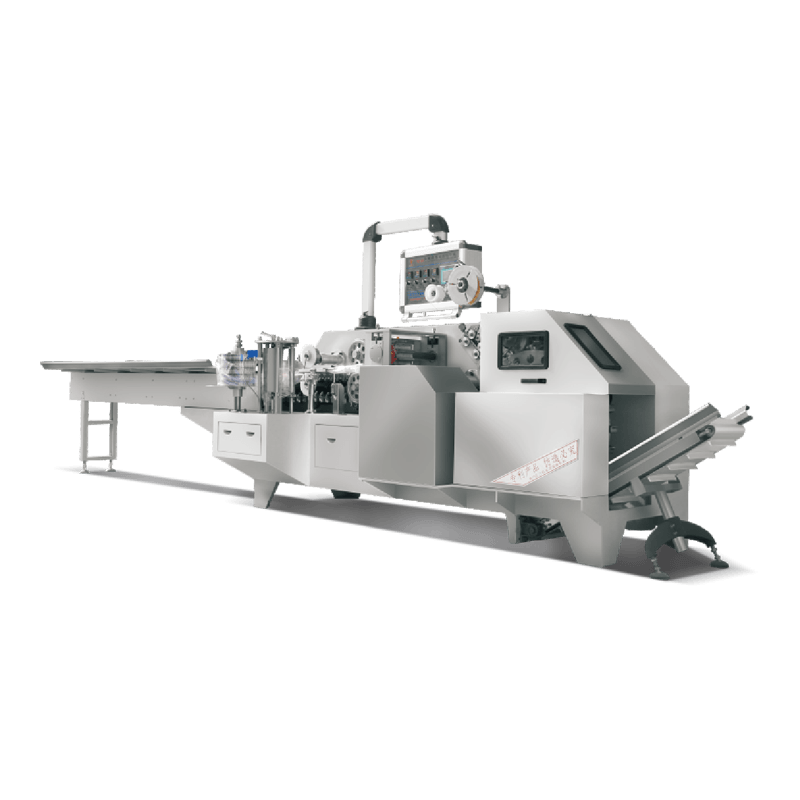
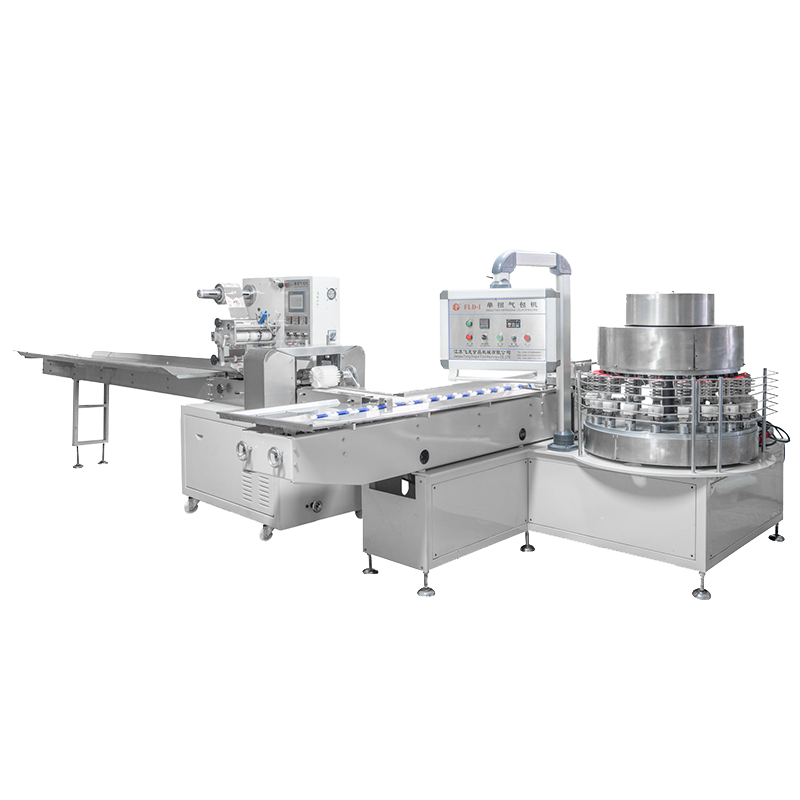
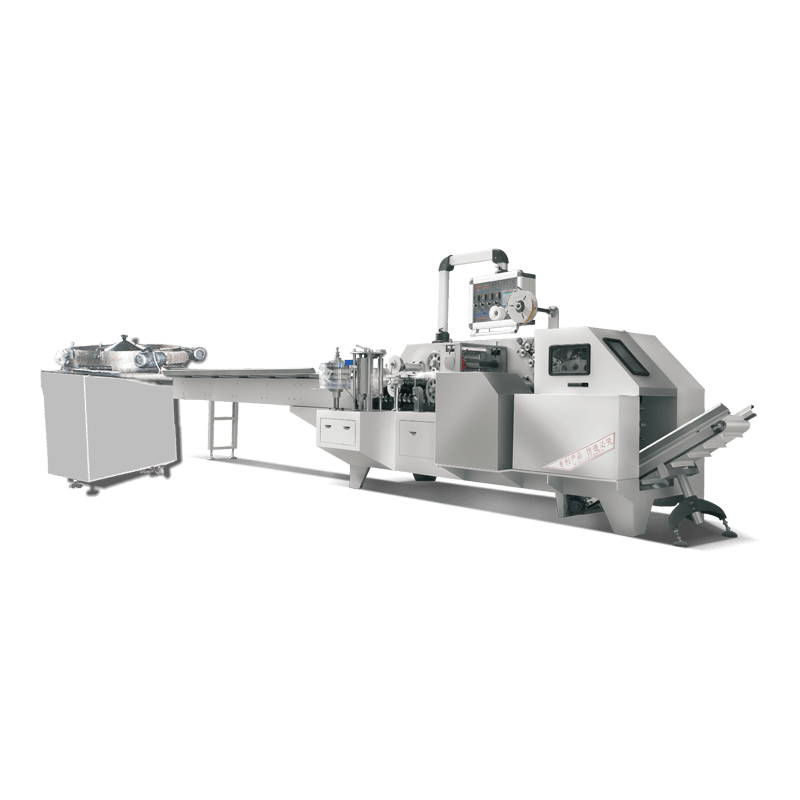
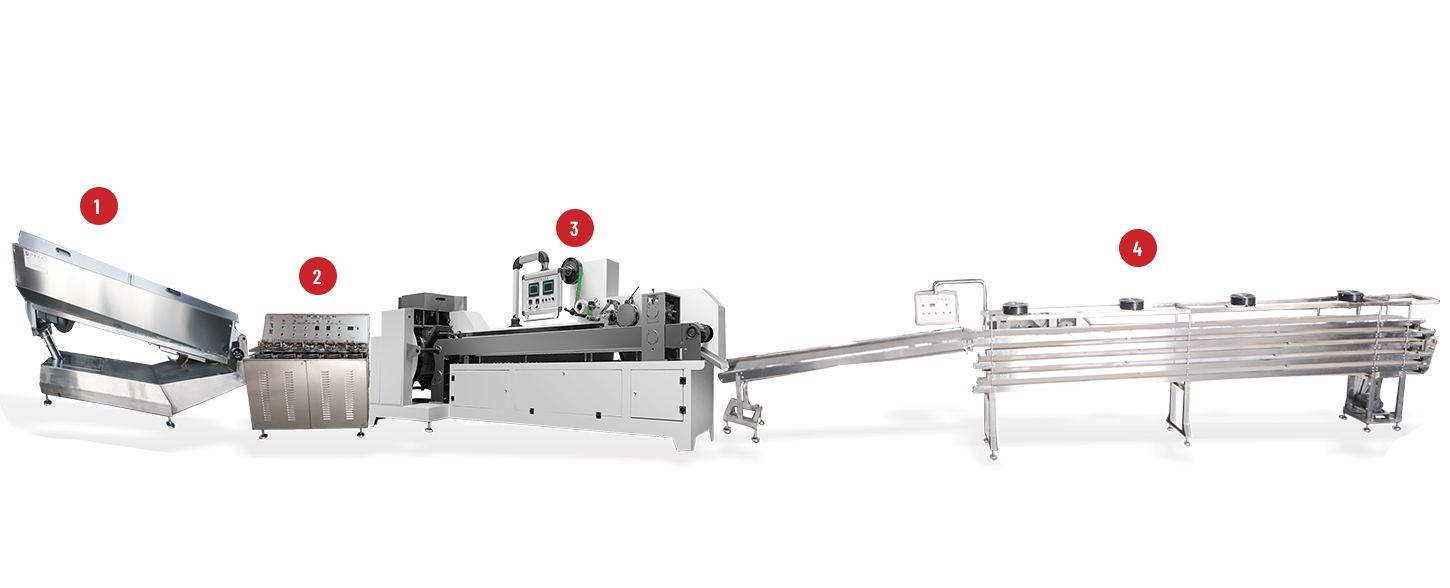
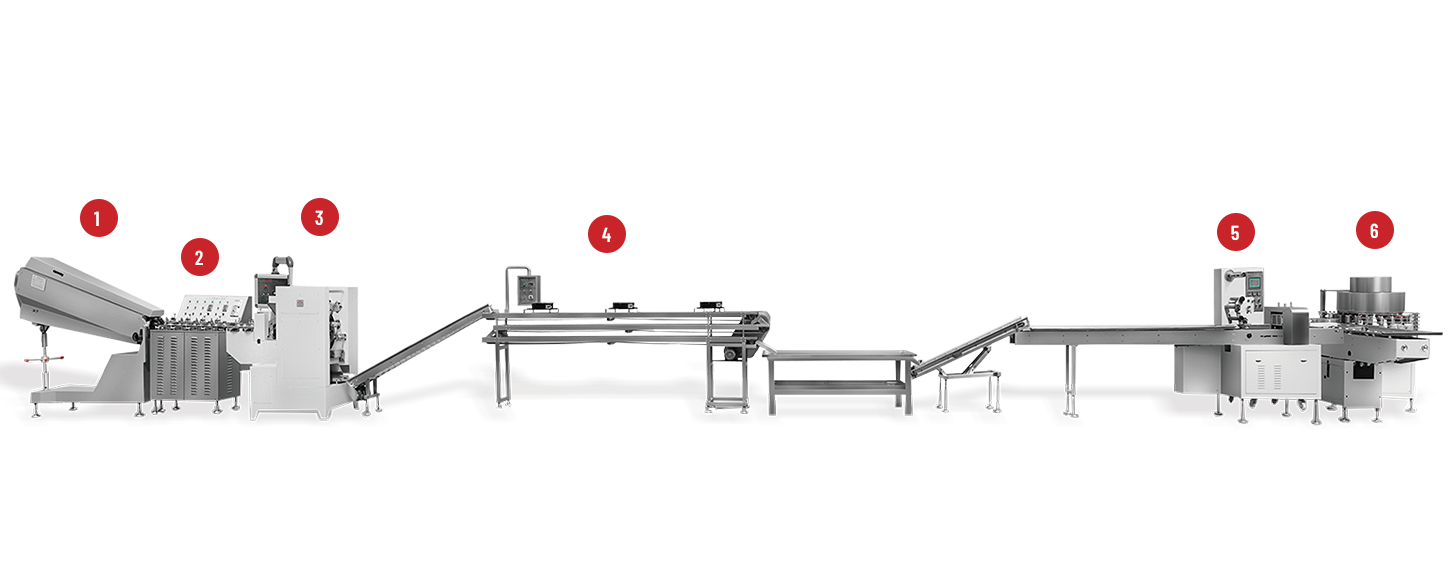
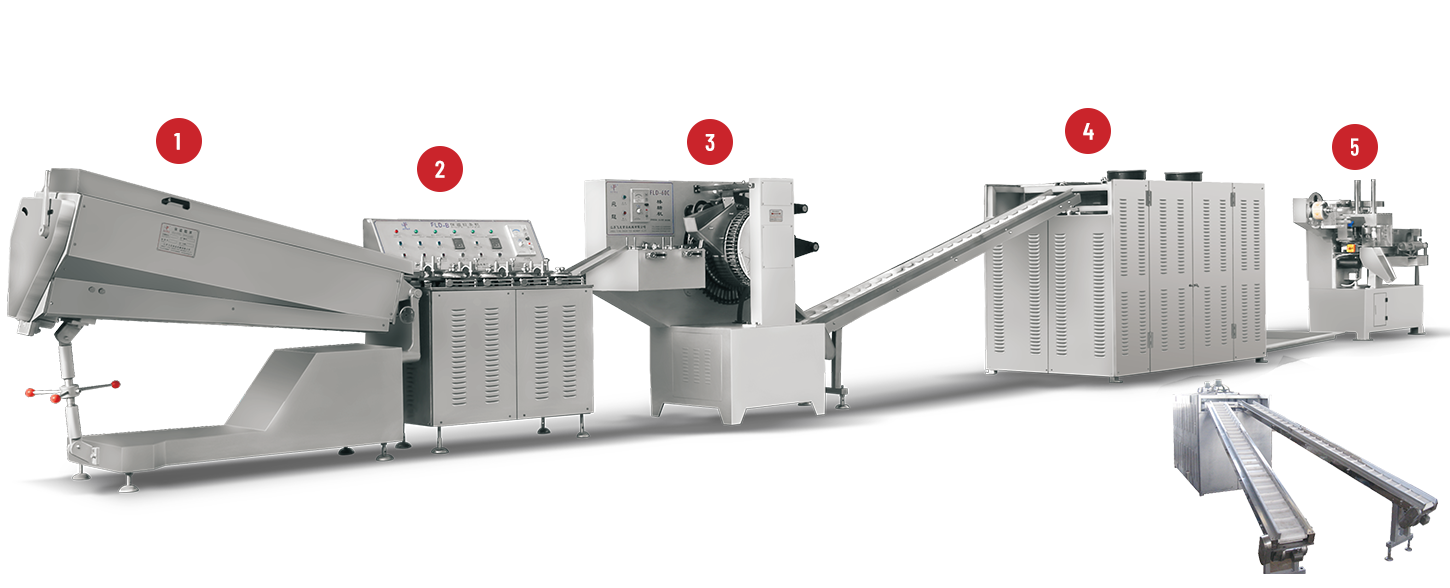
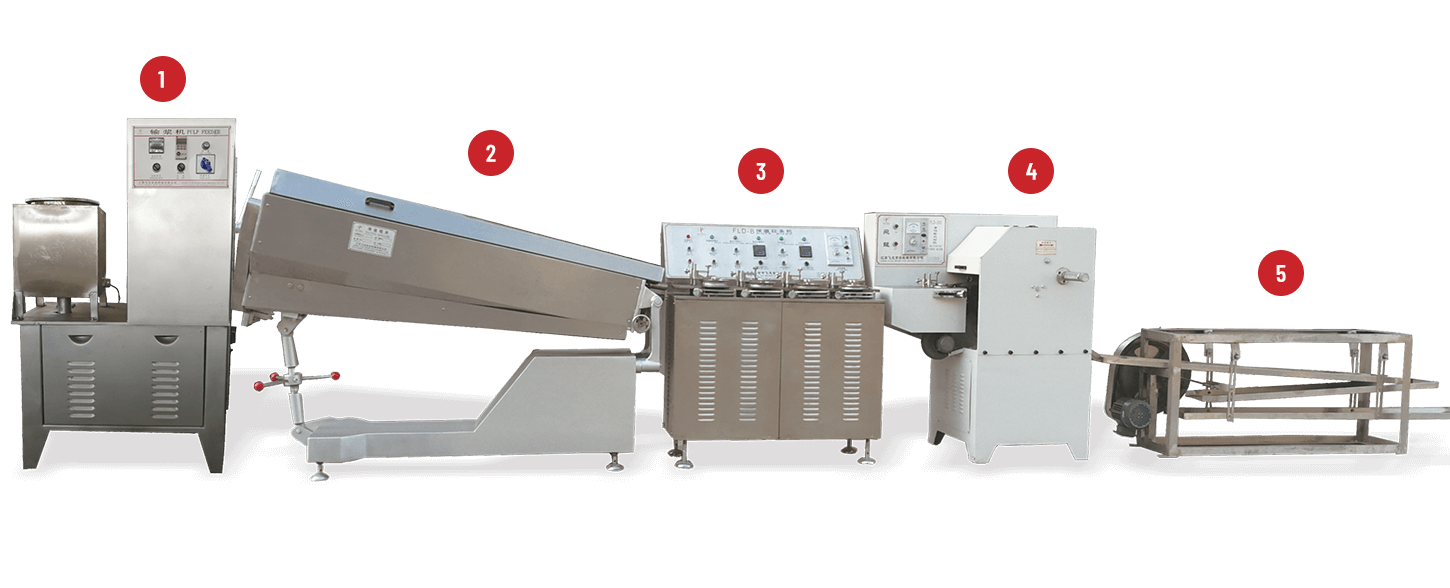
 +86-(0)515-8465666
+86-(0)515-8465666 +86-(0)515-85566996
+86-(0)515-85566996 +86-138 1559 9708
+86-138 1559 9708 flyloong@flyloongcn.com
flyloong@flyloongcn.com 
 Home
Home